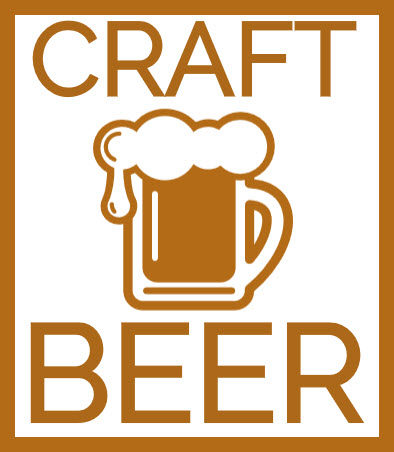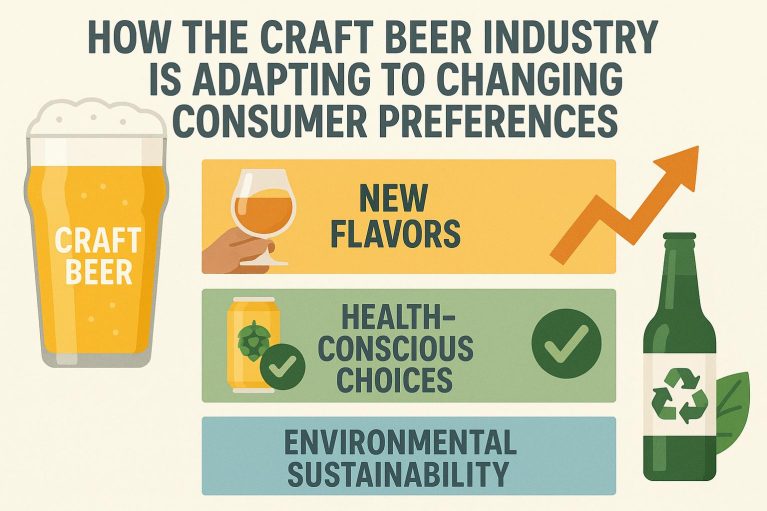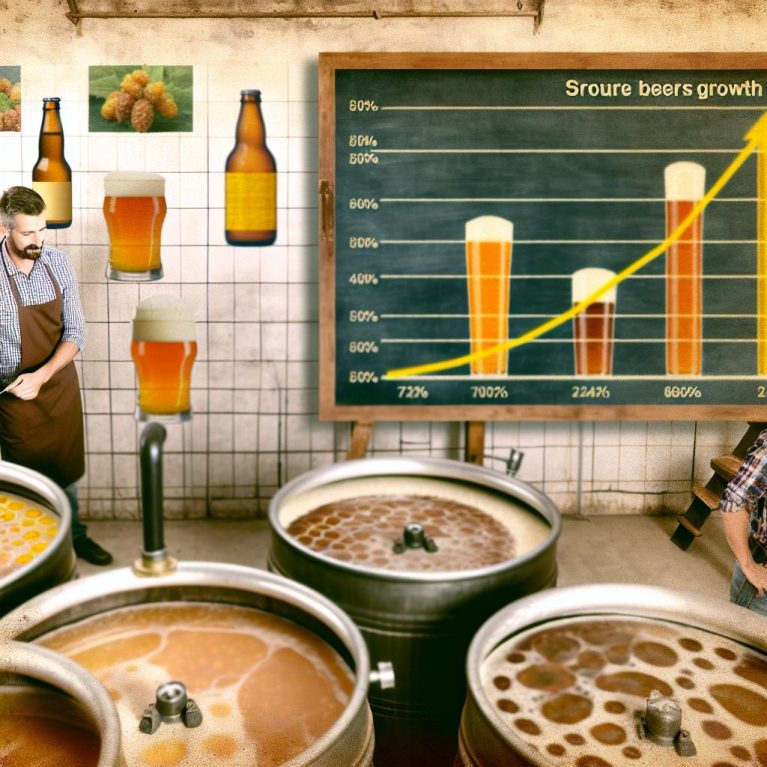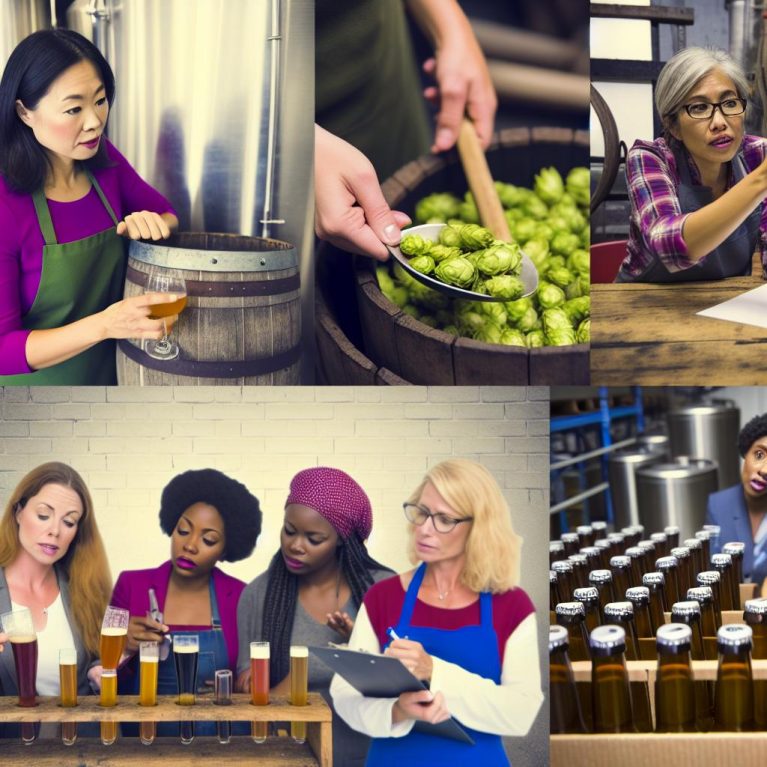The Evolving Craft Beer Landscape
The craft beer industry is in the midst of a remarkable transformation driven by the ever-changing preferences of consumers. This dynamic environment is characterized by a shift towards diverse flavors, sustainable practices, and innovative brewing techniques. Over the past decade, craft beer enthusiasts have steadily sought more varied experiences in terms of taste, production, and authenticity. As a result, craft breweries are continually adapting their offerings and operations to meet these evolving demands.
Diversification of Flavor Profiles
In recent years, the demand for diverse flavor profiles has become a defining trend in the craft beer industry. Gone are the days when traditional styles sufficed for beer enthusiasts. Consumers now crave new and exciting flavors that can elevate their beer-drinking experience. This has prompted breweries to experiment with a wide spectrum of ingredients. From the infusion of exotic fruits like passionfruit, mango, and pomegranate to the inclusion of unique spices such as cardamom and ginger, brewers are crafting beers that stand out in an increasingly crowded market.
These creative ventures have resulted in the proliferation of new beer styles. Fruit-infused IPAs, for instance, exemplify how additional flavors can be layered onto the classic bitterness of traditional IPAs. Similarly, sour ales have gained popularity, with brewers tweaking acidity levels and introducing unexpected flavors to surprise the palate. Another noteworthy innovation is barrel-aged beers where maturation in different types of barrels, ranging from whiskey barrels to wine barrels, imbues beers with complex flavors that mirror the spirits previously housed in these barrels.
Craft breweries are thus pushing the envelope, aiming for novelty while maintaining a high standard of quality. This experimentation not only captivates a more adventurous audience but also broadens the appeal of craft beers to those who were not traditionally beer drinkers.
Emphasis on Sustainability
As awareness around environmental issues intensifies, sustainability has emerged as a critical consideration for many consumers, including those in the craft beer marketplace. Recognizing this trend, breweries have been establishing and enhancing their sustainability efforts, committing to reducing their ecological impact.
Water conservation has become a key focus area. Craft brewers are initiating measures to minimize water usage, given that water remains the primary ingredient in beer brewing. Techniques such as reusing rinse water in cleaning processes and optimizing water-to-beer ratios help reduce wastage. Beyond water conservation, recycling ingredients has also taken center stage. For example, spent grains have been effectively repurposed as animal feed or used for creating baked goods. This utilization not only lessens waste but also encourages community partnerships.
Packaging is yet another domain where sustainability initiatives are ongoing. Many breweries are transitioning to recyclable or biodegradable materials and employing lightweight cans that reduce transportation emissions. Some have even turned to innovative packaging solutions, such as edible six-pack rings that can safely degrade in the environment.
Aiding these efforts further, local sourcing of ingredients has grown more prevalent. By focusing on regional suppliers, breweries are not only minimizing their carbon footprint, but they are also supporting local economies and achieving greater authenticity in their products. This symbiotic relationship between brewers and local producers underscores the interconnectedness of sustainability and community within the craft beer landscape.
Innovative Brewing Techniques
The art of brewing has always been accompanied by science, and nowhere is this more evident than in the incorporation of innovative brewing techniques. Technological advancements have bestowed craft breweries with the tools to innovate and fine-tune their processes, resulting in superior beers that captivate the senses.
One such technique is cryo-hopping, which involves using cryogenically frozen hops to enhance the intensity of hop flavors and aromas in beer. This process allows brewers to extract essential oils without introducing vegetal matter to the brew, leading to smoother and more potent hop characteristics.
Similarly, spontaneous fermentation has gained traction as a method to produce unique and complex beers. By allowing wild, ambient yeast to ferment the beer naturally, brewers create beers that are deeply expressive of their local environment, akin to the concept of terroir in wine.
These advanced techniques are instrumental in catering to sophisticated taste profiles while simultaneously offering increased production efficiency. Moreover, they grant breweries the ability to differentiate themselves in a competitive market, attracting discerning consumers who appreciate both quality and creativity.
Community Engagement and Collaboration
Community and collaboration lie at the heart of the craft beer ethos. Breweries are increasingly adopting strategies to fortify their connections with their communities and engage local consumers in meaningful ways.
Hosting events such as tastings, festivals, and charity fundraisers allows breweries to foster relationships and create memorable experiences for patrons. Additionally, offering brewery tours provides transparency and educates the public about brewing processes, enhancing their appreciation of craft beer.
Collaboration with other local businesses and craftsmen further strengthens communal bonds. Joint ventures may include creating specialty brews in partnership with local coffee roasters, chocolatiers, or farms. These collaborations not only result in inventive products that highlight local flavors but also foster mutual support and shared growth.
Such community-focused initiatives nurture a strong sense of loyalty among consumers, who perceive these breweries as integral components of their local culture. Furthermore, it allows breweries to tailor their products and experiences to reflect local tastes and values, ensuring long-term relevance and success.
The Rise of Non-Alcoholic Craft Beers
In line with the broader trend towards healthier lifestyle choices, the demand for non-alcoholic craft beers is on the rise. A growing number of consumers are choosing to reduce their alcohol intake for health, wellness, or personal reasons. Craft breweries are responding by innovating in the realm of non-alcoholic beer without sacrificing the flavor complexity typical of traditional craft beers.
Developing non-alcoholic options involves meticulous techniques to preserve the flavor profile and quality that craft beer drinkers expect. Methods such as controlled fermentation and vacuum distillation are employed to ensure that these beers retain the character and nuance of their alcoholic counterparts.
This emerging category not only appeals to those seeking moderated consumption but also broadens the audience for craft breweries by including individuals who previously abstained from alcohol altogether. By offering non-alcoholic selections, craft breweries demonstrate a commitment to inclusivity and adaptability, meeting diverse consumer needs while upholding the tenet of quality.
As the craft beer industry continues to evolve, showcasing a commitment to innovation, sustainability, and community will be key. By embracing these trends and adapting to the nuances of consumer preference, craft breweries are poised to thrive in a landscape defined by constant change and opportunity.




